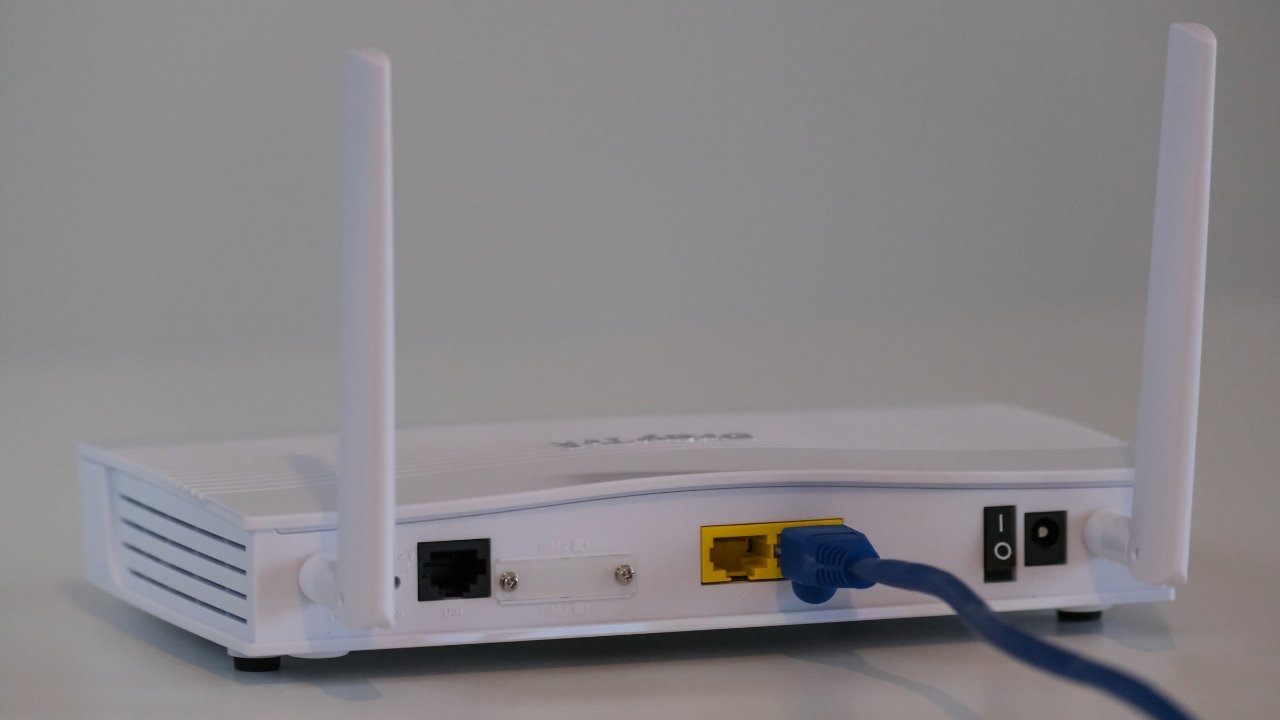
Sasai was once hailed as Zimbabwe’s first and leading super app, a global social payments and digital marketplace platform that aimed to improve the overall quality of life for all Africans. Launched in 2019 by Cassava Fintech International, a subsidiary of Econet Wireless, Sasai offered a range of services such as money transfer, bill payment, chat, music streaming, gaming, and more. It was available in over 50 African countries and supported 40 languages, including local dialects.
Sasai seemed to have a promising future, especially after partnering with some of the continent’s leading brands such as DStv, Kwese, and Showmax. It also claimed to have over 5000 low-cost and free Wi-Fi hotspots across Africa, as well as a feature that allowed users to earn money by watching ads on the app. Sasai’s vision was to become the “WeChat of Africa”, a reference to the Chinese super app that has over a billion users and offers a variety of services from social media to e-commerce.
However, despite its ambitious goals and impressive features, Sasai failed to gain traction among the African users. According to the Google Play Store, Sasai had only 500,000+ downloads as of September 2022, a far cry from its target of 100 million users by 2020. The app also received mixed reviews from the users, who complained about its poor user interface, frequent crashes, high data consumption, and lack of customer support. Some users also questioned the security and privacy of the app, as it required access to many permissions and personal information.
So, what went wrong with Sasai? Why did it not live up to its hype and potential? There are several possible reasons for its downfall, such as:
- Competition: Sasai faced stiff competition from other established and popular apps in the African market, such as WhatsApp, Facebook, M-Pesa, Jumia, and Uber. These apps already had a loyal and large user base, and offered similar or better services than Sasai. Sasai also had to contend with the dominance of mobile network operators, who controlled the access and pricing of data and voice services in most African countries.
- Complexity: Sasai tried to do too many things at once, without focusing on its core value proposition and differentiating factor. It was not clear what problem Sasai was trying to solve, or what benefit it was offering to the users. Sasai also lacked a clear and consistent branding and marketing strategy, as it used different names and logos in different countries and platforms. Sasai’s app was also cluttered and confusing, with too many features and options that overwhelmed and frustrated the users.
- Culture: Sasai failed to understand and adapt to the diverse and dynamic needs and preferences of the African users. Sasai assumed that what worked in China or other markets would work in Africa, without conducting proper research and testing. Sasai also ignored the local context and realities of the African countries, such as the low internet penetration, high data costs, low smartphone adoption, and regulatory challenges. Sasai also did not engage with the local communities and stakeholders, such as developers, merchants, influencers, and media, to build trust and awareness.
Sasai’s story is a cautionary tale for any aspiring or existing app developer or entrepreneur who wants to succeed in the African market. It shows that having a good idea and a lot of resources is not enough, if you do not understand your target audience and deliver value to them. It also shows that being a super app is not a goal in itself, but a result of solving a specific problem and satisfying a specific need. Sasai may have been a super app in theory, but it was not a super app in practice.




